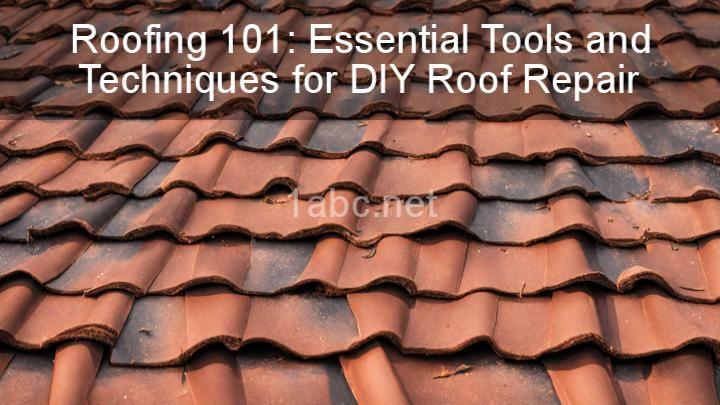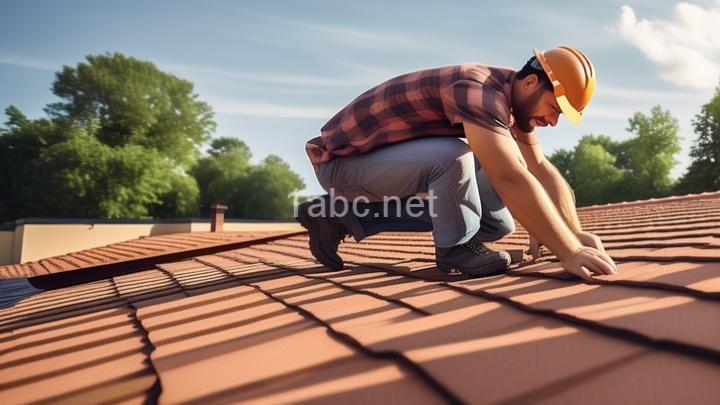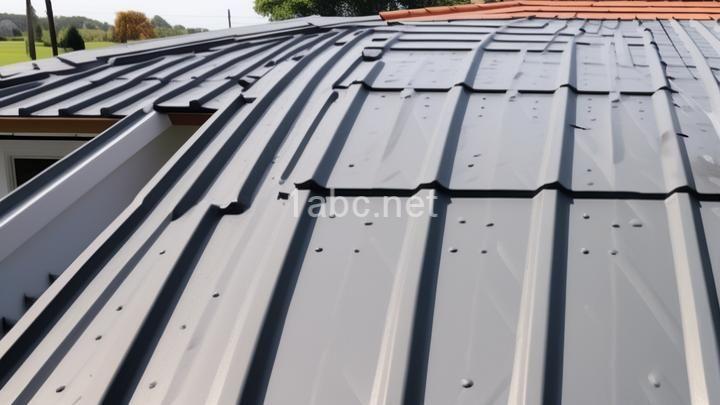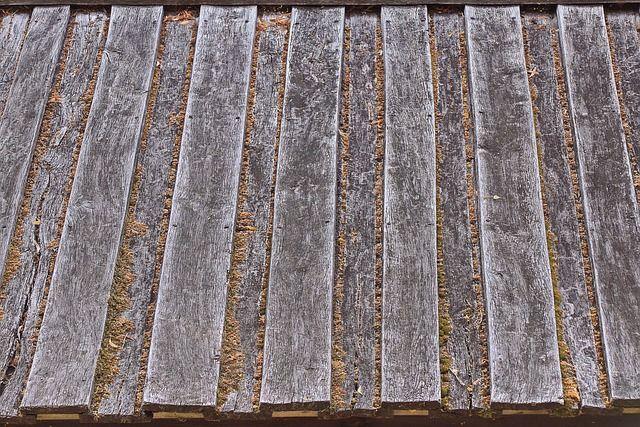Roofing 101: Essential Tools and Techniques for DIY Roof Repair

Introduction:
Hey there, fellow homeowners! Welcome to our blog post on DIY roof repair. Maintaining your roof is vital for the longevity and safety of your home. Not only does it protect you from the elements, but it also adds to the overall aesthetic appeal. We understand that hiring professionals for every small repair can be expensive, which is why we're here to guide you through the essential tools and techniques needed for DIY roof repair. So grab your tool belt and let's get started!
I. Understanding Your Roof:
Before we dive into the tools and techniques, it's essential to have a basic understanding of your roof. Your roof consists of several components, including shingles, underlayment, flashing, and more. Shingles are the outermost layer and provide protection from rain, snow, and other elements. Underlayment acts as an additional barrier, preventing water from seeping into your home. Flashing is used to seal and protect vulnerable areas, such as chimneys and vents. By familiarizing yourself with these components, you'll be better equipped to identify any issues or damage before starting repairs.
To assess the condition of your roof, we recommend conducting a thorough inspection. Start by visually inspecting the shingles for any signs of cracks, curling, or missing pieces. Check the flashing around chimneys, vents, and skylights to ensure it's intact and not damaged. Additionally, inspect the gutters and downspouts for any signs of debris buildup or water damage. By identifying these issues early on, you can prevent further damage and save yourself from costly repairs down the road.
II. Essential Tools for DIY Roof Repair:
Now that you understand your roof, let's talk about the essential tools you'll need for most common roofing repairs. These tools will help you tackle various tasks with ease and efficiency.
- Hammer: Ah, the trusty hammer! This tool is essential for securing nails and fixing loose shingles. Make sure to choose a hammer with a comfortable grip and a claw that can easily remove nails if needed.
- Pry bar: A pry bar is perfect for removing damaged materials without causing further harm. It helps you lift and separate shingles, flashing, or any other components that need replacement. Remember to use it gently to avoid damaging the surrounding area.
- Utility knife: A versatile tool, the utility knife comes in handy for cutting shingles and other roofing materials accurately. Look for a knife with a retractable blade and replace it regularly to ensure sharp cuts.
- Caulking gun: An essential item for sealing gaps and preventing leaks, the caulking gun allows you to apply sealant with precision. Choose a caulking gun that fits comfortably in your hand and opt for high-quality sealant for long-lasting results.
- Safety equipment: While not technically tools, safety equipment is crucial during roof repairs. Invest in a sturdy pair of gloves to protect your hands, safety glasses to shield your eyes from debris, and fall protection gear to prevent accidents while working at heights. Safety should always be your top priority!
III. Basic Roof Repair Techniques:
Now that you have your tools ready, let's explore some basic roof repair techniques that you can easily master.
1. Fixing Loose or Damaged Shingles:
Loose or damaged shingles are a common issue that can lead to leaks and further damage. To fix them, start by carefully lifting the damaged shingle using the pry bar. Apply roofing cement underneath the shingle and press it back into place. Secure the shingle with nails, ensuring they are driven into the designated nail line. For damaged shingles that require replacement, remove the old shingle and insert a new one, following the same process.
2. Sealing Leaks:
Leaky roofs can cause significant damage if not addressed promptly. When it comes to sealing leaks, it's important to identify the problem areas first. Common areas where leaks occur include around chimneys, vents, and skylights. Once you've located the leak, use flashing tape or sealant to seal the gap or crack. Apply the material generously, ensuring it covers the entire area in question. This will create a watertight seal, preventing further leaks.
3. Cleaning Gutters:
Maintaining clean gutters is essential for preventing water damage. Clogged gutters can lead to water pooling on your roof, causing leaks and potential structural damage. To clean your gutters safely, start by removing any debris using a small trowel or your hands (wearing gloves, of course!). Once the debris is cleared, use a hose to flush out any remaining dirt or leaves. This will ensure that water flows freely through the gutters, preventing any potential damage.
IV. Additional Tips for Successful DIY Roof Repair:
To ensure successful DIY roof repairs, here are a few additional tips to keep in mind:
- Plan ahead: Before starting any repairs, take the time to plan out your project. Assess the scope of work, gather all necessary materials and tools, and create a timeline for completion.
- Safety first: Always prioritize your safety during roof repairs. Use proper safety equipment, work on clear weather days, and take breaks to avoid fatigue. If a repair seems too complex or extensive, don't hesitate to seek professional help.
- Learn from others: DIY roof repair can be a learning experience. Don't be afraid to seek advice from friends, family, or online communities. Sharing your experiences and asking questions can help you navigate through any challenges you may face.
Conclusion:
Congratulations on making it through our extensive guide to DIY roof repair! We hope you now feel more confident in tackling minor repairs and maintaining your roof effectively. Remember, understanding your roof, having the essential tools, and learning basic repair techniques are key to successful DIY projects. By taking proactive steps to maintain your roof, you'll not only save money but also ensure the safety and longevity of your home. So, put on your DIY hat and start transforming your roof into a well-maintained masterpiece. Happy repairing!
Note: We'd love to hear about your DIY roof repair experiences or answer any questions you may have. Feel free to share in the comments below!
FREQUENTLY ASKED QUESTIONS
What is Roofing 101: Essential Tools and Techniques for DIY Roof Repair?
"Roofing 101: Essential Tools and Techniques for DIY Roof Repair" is a beginner's guide that provides valuable information about the tools and techniques required for repairing a roof on your own. It covers the basics of roof repair, including common issues that may arise and step-by-step instructions for fixing them. The guide also highlights the essential tools needed for a successful DIY roof repair project. Whether you are a homeowner looking to save money or someone interested in learning how to maintain your roof, "Roofing 101" is a helpful resource for understanding the basics of DIY roof repair.
Who is this content for?
This content is for anyone who needs assistance or information on various topics. It could be helpful for students, professionals, or anyone seeking guidance or support.
What can I expect to learn from Roofing 101: Essential Tools and Techniques for DIY Roof Repair?
"Roofing 101: Essential Tools and Techniques for DIY Roof Repair" is a course designed to teach you the fundamental knowledge and skills required for basic roof repairs. Here are some key topics you can expect to learn from the course:
- Introduction to Roofing: Understand the different types of roofs and their components, as well as the importance of proper roof maintenance.
- Roofing Safety: Learn about the essential safety precautions and protective gear necessary for working on a roof.
- Roofing Tools: Explore the essential tools required for DIY roof repair, including hammers, shingles cutters, nail guns, and more.
- Roof Inspection: Discover how to assess the condition of your roof, identify common issues like leaks or damaged shingles, and determine if a repair or replacement is needed.
- Roof Repair Techniques: Learn step-by-step instructions on repairing common roofing problems, such as replacing damaged shingles, fixing leaks, and sealing flashing.
- Roof Maintenance: Understand the importance of regular roof maintenance to prolong its lifespan and prevent further damage.
- Safety Tips and Best Practices: Gain insights into safety guidelines and best practices to ensure a successful and safe DIY roof repair project.
By completing the "Roofing 101" course, you will be equipped with the knowledge and skills to handle basic roof repairs on your own, saving you money and providing a sense of accomplishment.
Do I need any prior experience in roofing to benefit from this content?
No prior experience in roofing is needed to benefit from the content. Whether you are a beginner or someone with some knowledge in the field, the information provided can be useful to anyone looking to learn about roofing or improve their understanding of it.


